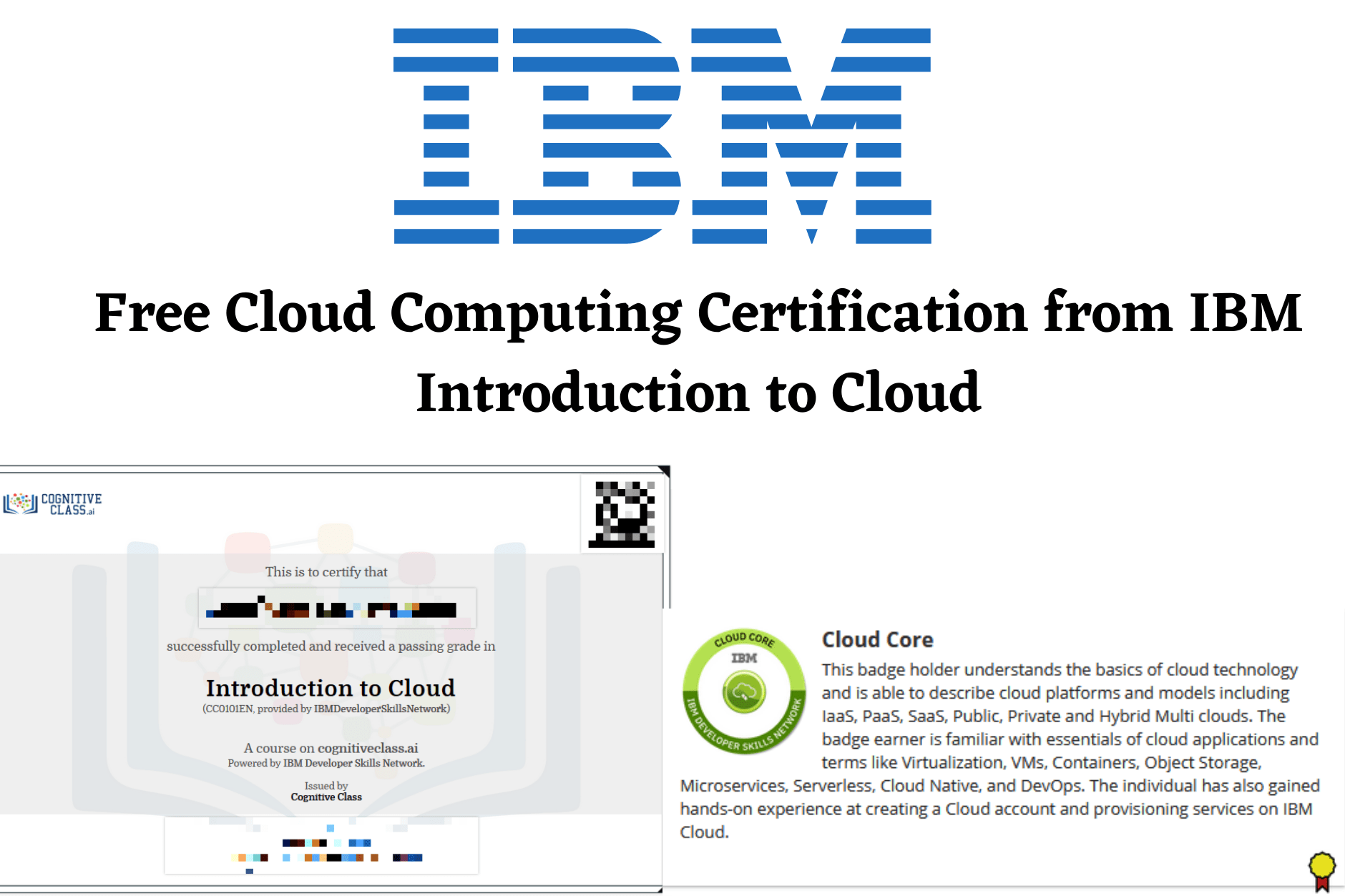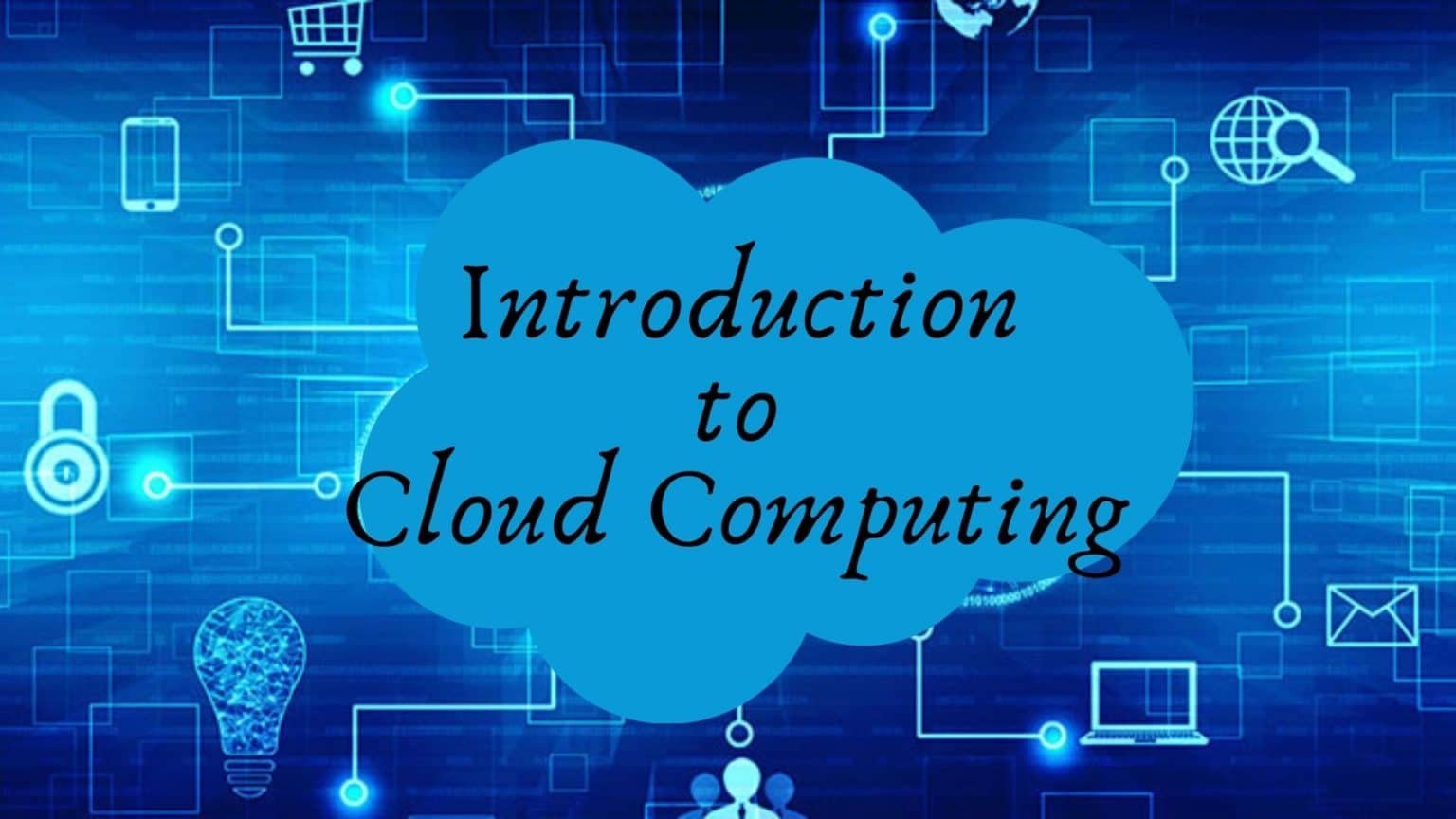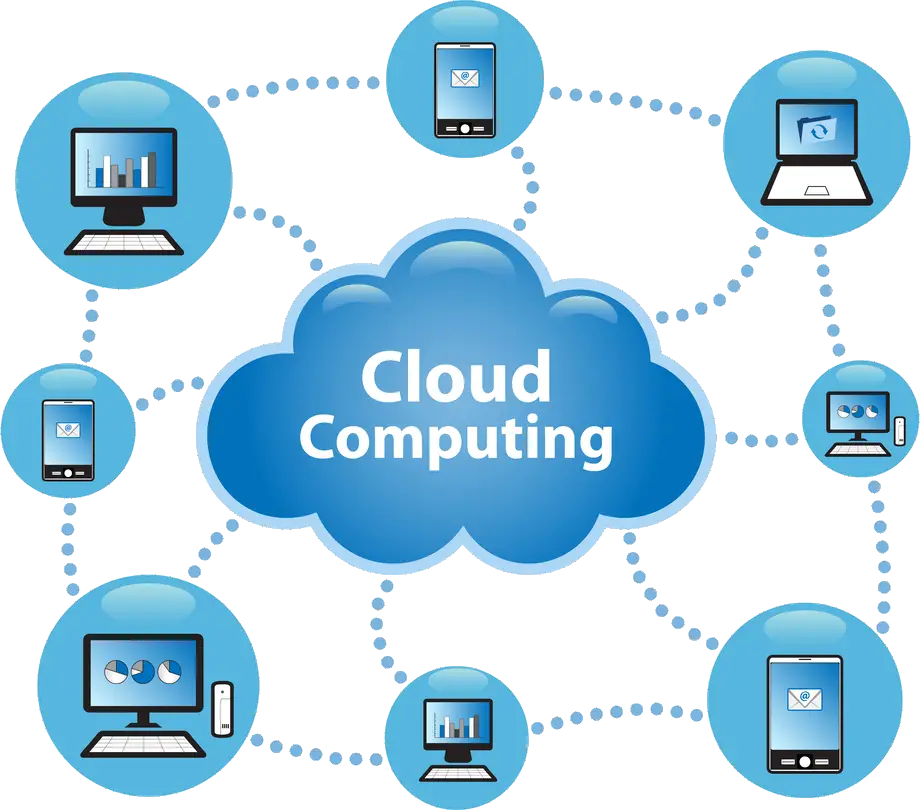Introduction to Cloud Computing for Developers

Cloud computing has become an integral part of modern software development. It offers developers a vast range of benefits, including:

- Scalability: Cloud computing allows developers to scale their applications up or down to meet changing demand, without having to invest in additional infrastructure.
- Cost-effectiveness: Cloud computing eliminates the need for developers to purchase and maintain their own servers and other infrastructure. This can save businesses a significant amount of money.
- Elasticity: Cloud computing allows developers to use resources only when they need them and can release them when they don’t, which saves on cost.
- Reliability: Cloud computing provides a high level of reliability, with multiple data centers and built-in redundancy to ensure that applications are always available and accessible.
Types of Cloud Computing Services

There are three main types of cloud computing services:
- Infrastructure as a Service (IaaS): IaaS provides developers with the underlying infrastructure they need to run their applications, including servers, storage, and networking.
- Platform as a Service (PaaS): PaaS provides developers with a platform on which to build and deploy their applications. PaaS includes everything that IaaS does, plus additional services such as database management and application development tools.
- Software as a Service (SaaS): SaaS provides developers with fully functional applications that can be accessed over the Internet. SaaS includes everything that PaaS does, plus additional services such as customer support and application updates.
Benefits of Cloud Computing for Developers
There are many benefits to using cloud computing for software development, including:
- Increased productivity: Cloud computing can help developers to be more productive by providing them with access to powerful tools and resources.
- Improved collaboration: Cloud computing can make it easier for developers to collaborate on projects, as they can share files and resources easily.
- Reduced time-to-market: Cloud computing can help developers to get their applications to market faster by providing them with the resources they need to build and deploy them quickly and easily.
- Increased customer satisfaction: Cloud computing can help developers to improve customer satisfaction by providing them with the resources they need to create high-quality, reliable applications.
Getting Started with Cloud Computing
If you’re a developer who’s interested in using cloud computing, there are a few things you need to do to get started:
- Choose a cloud provider. There are many cloud providers to choose from, so it’s important to compare their offerings and pricing to find one that meets your needs.
- Create an account. Once you’ve chosen a cloud provider, you’ll need to create an account. This will give you access to the provider’s cloud platform and services.
- Start using cloud services. Once you have an account, you can start using cloud services to build and deploy your applications.## Introduction to Cloud Computing for Developers
Are you tired of managing complex infrastructure, patching servers manually, or configuring storage and scaling your applications? With cloud computing for developers, you can focus on your core competencies while the cloud provider takes care of the rest.
This extensive guide will provide you with an in-depth overview of cloud computing, exploring its key components and benefits and empowering you to make well-informed decisions about leveraging the cloud for your application development.
Executive Summary
Cloud computing is a paradigm shift in computing, enabling developers to access on-demand, scalable compute resources without the burden of managing physical infrastructure. By leveraging the cloud, developers gain agility, cost optimization, and the ability to focus on building innovative solutions.
Introduction
Cloud computing has revolutionized the software development landscape, offering developers a wealth of benefits and possibilities. By understanding the fundamentals of cloud computing, you can unlock the potential of the cloud and accelerate your application development efforts.
Key Subtopics
1. Cloud Service Models
Cloud service models define the type of services offered by cloud providers. The three primary models are:
- Infrastructure as a Service (IaaS): Provides raw compute, storage, and networking resources for developers to build their own virtual machines and infrastructure.
- Platform as a Service (PaaS): Offers a platform on which developers can deploy and manage their applications without worrying about the underlying infrastructure.
- Software as a Service (SaaS): Delivers complete software applications that users can access over the internet without the need for installation or maintenance.
2. Cloud Deployment Models
Cloud deployment models refer to the way cloud resources are provisioned and managed. The main models include:
- Public Cloud: Resources are available to the general public over the internet.
- Private Cloud: Resources are dedicated to a single organization and are not accessible to external users.
- Hybrid Cloud: Combines both public and private cloud models, allowing for flexibility and resource optimization.
3. Cloud Security
Securing your cloud applications and data is crucial in cloud computing. Key security considerations include:
- Identity and Access Management (IAM): Controls who has access to cloud resources.
- Encryption: Protects data both in transit and at rest.
- Security Monitoring: Detects and alerts security threats and vulnerabilities.
4. Cloud Cost Optimization
Managing cloud costs effectively is essential to maximize the value of cloud computing. Best practices include:
- Rightsizing Resources: Ensuring that you provision only the resources you need.
- Using Spot Instances: Leveraging unused capacity at discounted prices.
- Leveraging Cost Optimization Tools: Utilizing tools provided by cloud providers to analyze and optimize costs.
5. Cloud Performance Monitoring
Understanding the performance of your cloud applications is critical for optimizing their efficiency. Key monitoring considerations include:
- Application Performance Monitoring (APM): Tracks the performance of your applications in the cloud.
- Infrastructure Monitoring: Monitors the underlying cloud infrastructure, such as compute and storage.
- Alerting and Incident Management: Sets up alerts and processes for responding to performance issues.
Conclusion
Cloud computing has emerged as a game-changer for developers, providing them with unparalleled flexibility, agility, and scalability. By embracing cloud computing, developers can accelerate innovation, optimize costs, and focus on delivering exceptional software solutions.
Keyword Phrase Tags
- Cloud Computing for Developers
- Cloud Service Models
- Cloud Deployment Models
- Cloud Security for Developers
- Cloud Cost Optimization

Cloud computing is the best thing since sliced bread! It’s so easy to use and it saves me so much time and money. I’m never going back to traditional computing again.
I’m not so sure about cloud computing. It seems like it could be a security risk. I don’t want my data stored on someone else’s servers.
Cloud computing is a paradigm shift in the way we think about computing. It’s not just about storing data on someone else’s servers. It’s about accessing computing resources on demand, from anywhere in the world.
I agree that cloud computing is a paradigm shift, but I don’t think it’s all it’s cracked up to be. There are still some significant challenges that need to be addressed, such as security and reliability.
Cloud computing is the greatest thing since the invention of the wheel. It’s so convenient and it makes my life so much easier. I can’t imagine what I would do without it.
Cloud computing is the best thing since sliced bread, if you like your bread stale and your data insecure.
Cloud computing is like a magic wand. It can make all your computing dreams come true. Just don’t forget to pay the monthly fee.